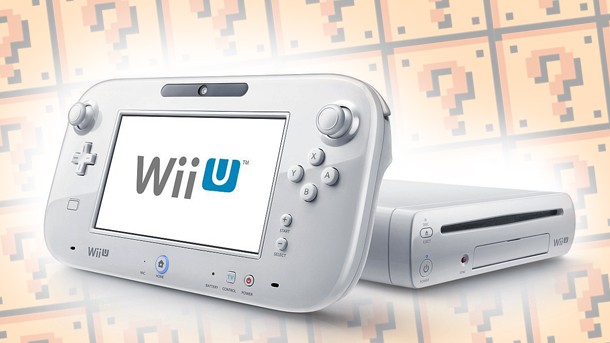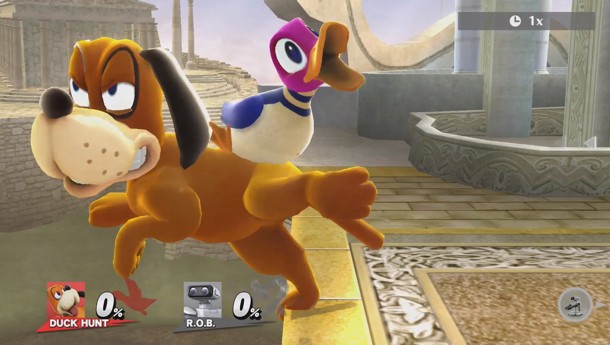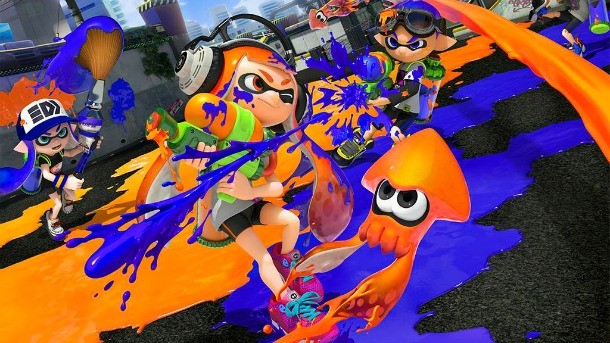Analysis – What Wii U's Lame Duck Status Means For Nintendo

Early this morning, Nintendo announced its financial results for the year ended March 31, 2016. Amidst staggering profit decline, the company also dropped a bombshell: NX is coming later than anticipated.
There was never a formal announcement that NX was coming in 2016. However, with the planned release of The Legend of Zelda Wii U (long expected to be an NX title, also) and the expectation of a speedy transition to the next hardware cycle, a fall 2016 launch seemed logical.
Instead, Nintendo has announced that the NX launches in March 2017 and the next Zelda game will release on the new platform and the Wii U simultaneously. This makes the Wii U a lame duck for about 11 months and robs the holiday of the system’s biggest software launch since Super Smash Bros.
This isn’t a “Nintendo is doomed” story. This isn’t a lament over the company’s former greatness or a condemnation of its recent mistakes.
This is a look at what the pieces of today’s announcements mean for the company between now and March 2017 when the NX launches. It’s an analysis of how 2016 will be shaped by information delivered in the year-end financial statements today.

The Wii U Is A Lame Duck
In fiscal year 2016 (ended March 31, 2016), Nintendo sold 3.26 million Wii U consoles. That’s a quarter of the life-to-date 12.8 million units sold worldwide since November 2012.
This wasn’t Nintendo’s strongest year (it was bested by 2015 and the Wii U’s launch in fiscal year 2013), but with games like Splatoon and Super Mario Maker, interest in the console was on par with past performance.
That’s why we’re taking note of Nintendo’s expectation for the Wii U in the coming year. The forecast moving forward for fiscal year 2017? 800,000 units. Nintendo is communicating to investors that it doesn’t see a way forward for the console.
Of course, despite announcing a March 2017 release for the NX, the company has not shared any predictions for sales numbers that would occur during the year ending March 31, 2017. Therein lies the problem.
Nintendo has effectively killed the Wii U with 11 months left to go, but it can’t specify or substantiate any sales numbers for the replacement. Without detailing the hardware and an anticipated launch window software lineup (even if incomplete), Nintendo is sending the message that the Wii U’s best days are behind it without giving people reason to be excited about the successor.
So far, this hasn’t had a significant impact on the stock price (share value is only down about one percent). However, as 2016 winds onward, Nintendo is in an uphill battle to move stock.
The company says it anticipates producing Wii U consoles through some time in 2018. It’s unclear why it would go through the trouble.

Software Sells Consoles
The decision to boot NX and Zelda to 2017 creates an enormous vacuum for Nintendo through the remainder of 2016. First, lets look at what we know is coming on the software front from first-party in North America (remember that this includes all software announced for release from April 1, 2016 on:
- Star Fox Zero + Star Fox Guard - Available Now
- Tokyo Mirage Sessions #FE - June 24, 2016
- Mario & Sonic at the Rio 2016 Olympic Games - June 24, 2016
- Paper Mario: Color Splash - 2016
- The Legend of Zelda (name not final) - 2017
- Project Giant Robot (name not final) - TBD
The third-party list is filled with indie games from small studios. That’s not to say they won’t be good, but with Lego Star Wars: The Force Awakens the biggest currently announced name (and only premium game from a major publisher), this reads like padding. Unless Nintendo decides to feature an indie on a Nintendo Direct, promotional support has traditionally been non-existent.
All of this is to say there is just about no forward-looking reason to purchase a Wii U right now. Nintendo’s aforementioned forecast for Wii U hardware signifies the publisher doesn’t expect much to move the needle for new hardware sales.

Sending The Wii U Off With A Bang
The Wii U is too expensive at $300. You can get an Xbox One for that price and a PlayStation 4 for just $50 more.
Alongside the NX release window announcement this morning, Nintendo should have immediately slashed prices on the Wii U. A price drop is long overdue and as competition has been coming down in price, Nintendo has been snuffed out of the conversation.
Without a price drop, that only gets worse. Nintendo profits dropped by 60 percent year-over-year. Nintendo has also predicted a sharp slide in software sales from 2.7 million units to 1.5 million. Even that seems ambitious with Star Fox Zero and Paper Mario: Color Splash the only marquee games.
In order to hit the 800,000 unit target, Nintendo needs to shift gears on its messaging. The Wii U isn’t the hot new system. It needs to be positioned as an inexpensive alternative for playing Nintendo greats like Mario Kart, Smash Bros., Super Mario 3D World, and others.
It isn’t for trend-setters or cutting edge buyers – It’s for people who have been holding off until the price is right to play the games they can’t get elsewhere.
The end of the Wii U need not be a morose funeral. It should be a boisterous celebration of the console’s short-lived legacy. This is a chance for Nintendo to highlight the platform’s successes. This is the console that saw the introduction of multi-million selling Splatoon, gave gamers the tools to design like Miyamoto in Super Mario Maker, and brought Mario Kart into the HD era.

Nintendo’s 2017: More Profit, But Not A Full Recovery
As is financial practice, Nintendo has laid out a forecast for its next fiscal year in concert with its previous year report. The company anticipates nearly level sales, net profit growth of 112.1 percent, and a jump of 56.3 percent in operating income.
What this tells us is that Nintendo anticipates that NX will make up for sharp drops in Wii U hardware and software sales, as well as 3DS sales that are in decline. This is despite the NX launching late in the fiscal year.
Usually, new console releases are additive. Look at how well PlayStation 3 and Xbox 360 continued to perform a year or more into the current generation cycle. Nintendo does not have that advantage given the Wii U’s softness.
However, Nintendo will be able to capitalize on add-on sales. The NX hardware might not make the company money (and may even be a slight loss-leader), but with new console software purchases, additional controllers, and any other launch accessories, Nintendo can recognize better profit margins than it would trying to push Wii U and older software.

The Shape Of Things To Come
It’s going to be a strange year for Nintendo and its fans. The Wii U software we know is coming prior to the NX launch is underwhelming.
Nintendo will hit big beats in 2016 as it reveals the NX hardware and its first-party games, but the company has any interested third-party developers and publishers at its mercy. E3, typically a big opportunity for publishers to show games to retail partners, is a wash for any NX launch window titles. Games that are coming to the new system can’t be shown, because Nintendo won’t want anyone spilling the beans about unique functionality.
The first nine months of the year (three quarters worth of financial reporting) are likely to be grotesque. The bright spot along the way will be Pokémon Sun and Moon, which will sell millions out of the gate for 3DS. But Nintendo’s holiday will likely be quiet. Its best hope is making Wii U the impossible-to-refuse bargain deal.
Moving forward, all eyes will be on NX and March. Nintendo’s fiscal year hangs in the balance.

Get the Game Informer Print Edition!
Explore your favorite games in premium print format, delivered to your door.
- 10 issues per year
- Only $4.80 per issue
- Full digital magazine archive access
- Since 1991









